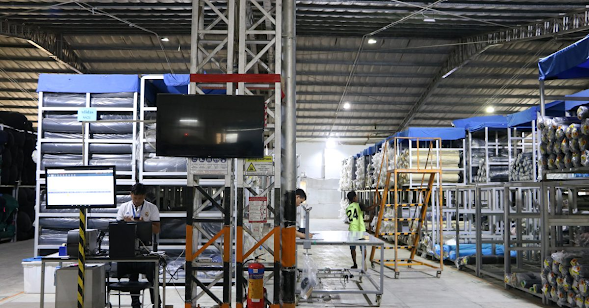6 Key Tips to Minimise Supply Chain Disruptions
Supply chain disruptions have a major impact on businesses of all sizes. They can lead to delays in shipments, higher costs, and lost sales. With the help of industrial engineering solutions, you can design, analyse, and control production and service operations to limit such interruptions. Along with this, reducing costs and optimising supply chain management systems are essential to minimising disruptions. Here are some tips to decrease supply chain disruptions:
1. Have a Plan
The first step is to have a plan in place. This should include a list of your suppliers, their locations, and their contact information. Also, it should include a list of your products and their lead times.
2. Diversify Your Suppliers
Do not rely on a single supplier for all of your products. Instead, diversify your supplier base so that you have multiple sources. This will help you reduce the risk of disruption from a single supplier.
3. Source Locally
One way to reduce costs is to source raw materials and products locally. This can help to decrease the impact of potential disruptions, such as natural disasters, geopolitical tensions, and trade restrictions.
4. Have Multiple Transportation Options
Having multiple transportation options can be very useful. This is because you can switch to a different method if one is disrupted.
5. Have a Backup Plan
In the event of a supply chain disruption, it is crucial to have a backup plan in place. This plan should include a list of alternative suppliers, transportation methods, and storage facilities.
Use Technology
Automation, the Internet of Things (IoT), and inventory management software can help businesses reduce their logistical costs. Along with this, improving inventory management can assist businesses in minimising their overhead costs as well. By having real-time visibility into inventory levels and demand forecasting, businesses can better respond to fluctuations in supply and demand. This can help them avoid overstocking, which can lead to additional expenses.
By following these tips, you can minimise the risk of supply chain disruptions. It is highly recommended to protect your business by using a supply chain management system.



Comments
Post a Comment